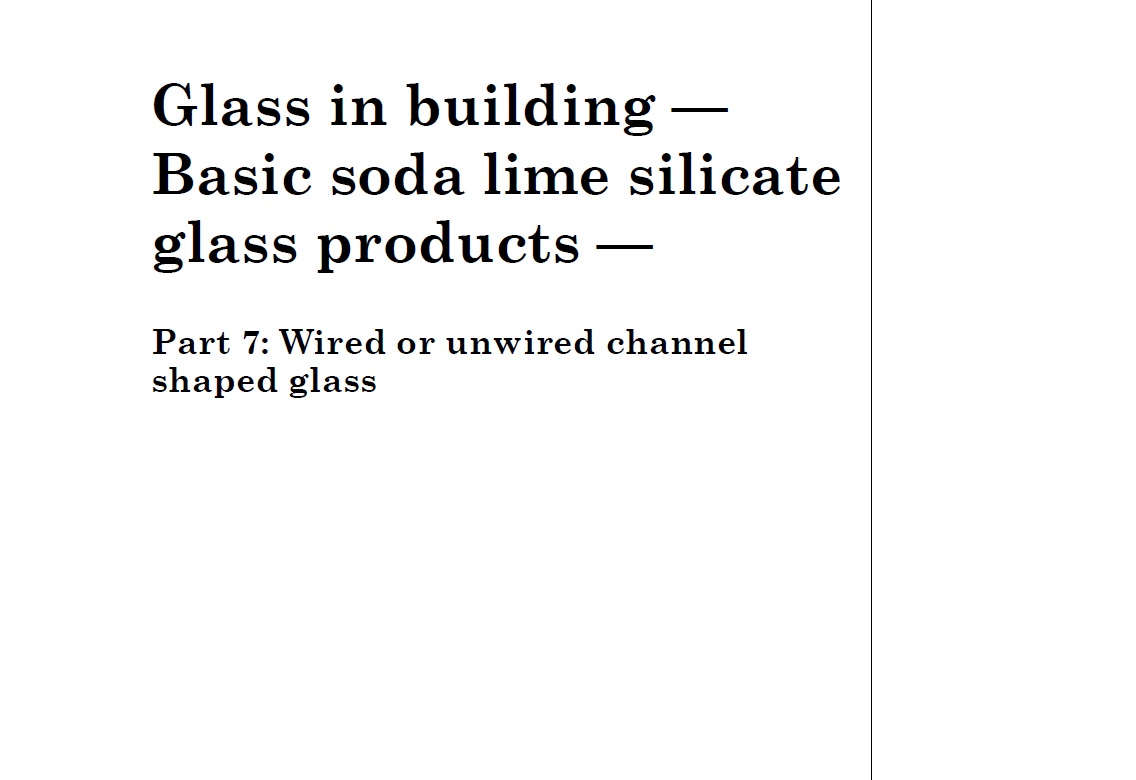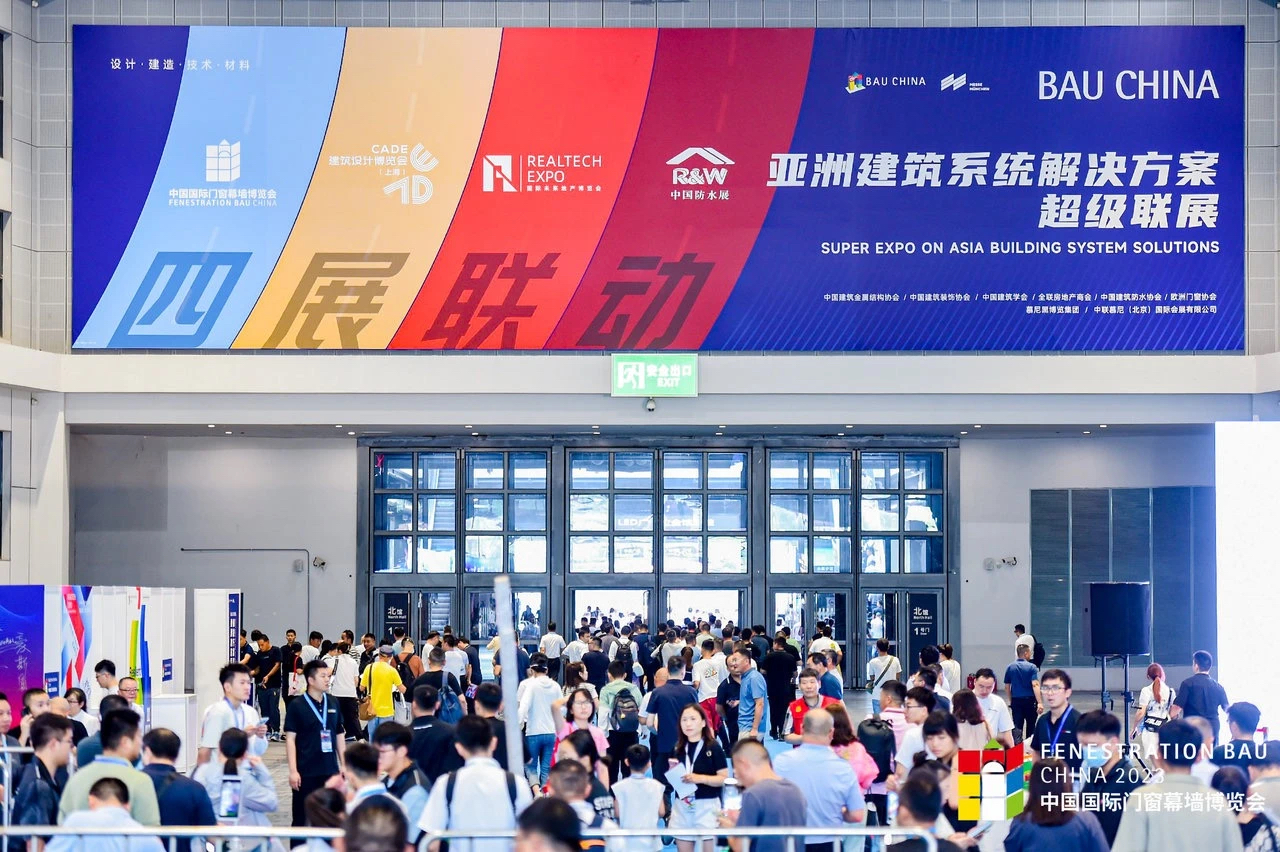BS EN 572-7-2004 欧洲U型玻璃标准
2018-04-08
本欧洲标准规定了建筑用U型玻璃的尺寸要求以及最低的质量(关于外观和夹丝)要求。
下载链接:
 | BS EN 572-7-2004 欧洲U型玻璃标准 |
标准概述:DIN EN 572-7
标准编号:DIN EN 572-7
标准内容:建筑用通道型玻璃的质量要求
标准状态:取代DIN 1249-5

主要内容
DIN EN 572-7 标准专注于通道型玻璃(包括有线和无线通道型玻璃)的质量要求。此标准是基于欧洲标准,旨在提供建筑用玻璃的基本要求,包括尺寸、质量和测试方法等,以确保建筑玻璃的性能和安全性。
适用范围
标准适用于通道型玻璃的生产和应用,不包括切割后的最终用途玻璃。标准详细规定了通道型玻璃的尺寸、公差、质量要求以及检测方法。规格要求
标准规定了通道型玻璃的长度、宽度、厚度和边缘处理的公差。特别说明了有线通道型玻璃中金属线的安装要求和允许的偏差范围。质量标准
质量要求包括玻璃表面缺陷、气泡、划痕和内含物等。标准要求玻璃在生产过程中必须避免这些视觉缺陷,并确保金属线的稳定性和完整性。测试方法
标准提供了测试玻璃各项性能的方法,包括物理尺寸的测量、公差检查以及视觉缺陷的检测。测试方法旨在确保产品符合设计和使用要求。更新和修订
此标准取代了之前的DIN 1249-5标准,并且融入了最新的技术要求和行业实践。标准在1994年11月8日由CEN(欧洲标准化委员会)批准,预计于1995年5月前成为各成员国的国家标准。
编制要点
DIN EN 572-7 标准由CEN TC 129(建筑用玻璃技术委员会)编制,综合了当前建筑玻璃领域的最新技术和应用要求。标准的编制过程考虑了多个国家的实践经验,确保其在实际应用中的科学性和实用性。








